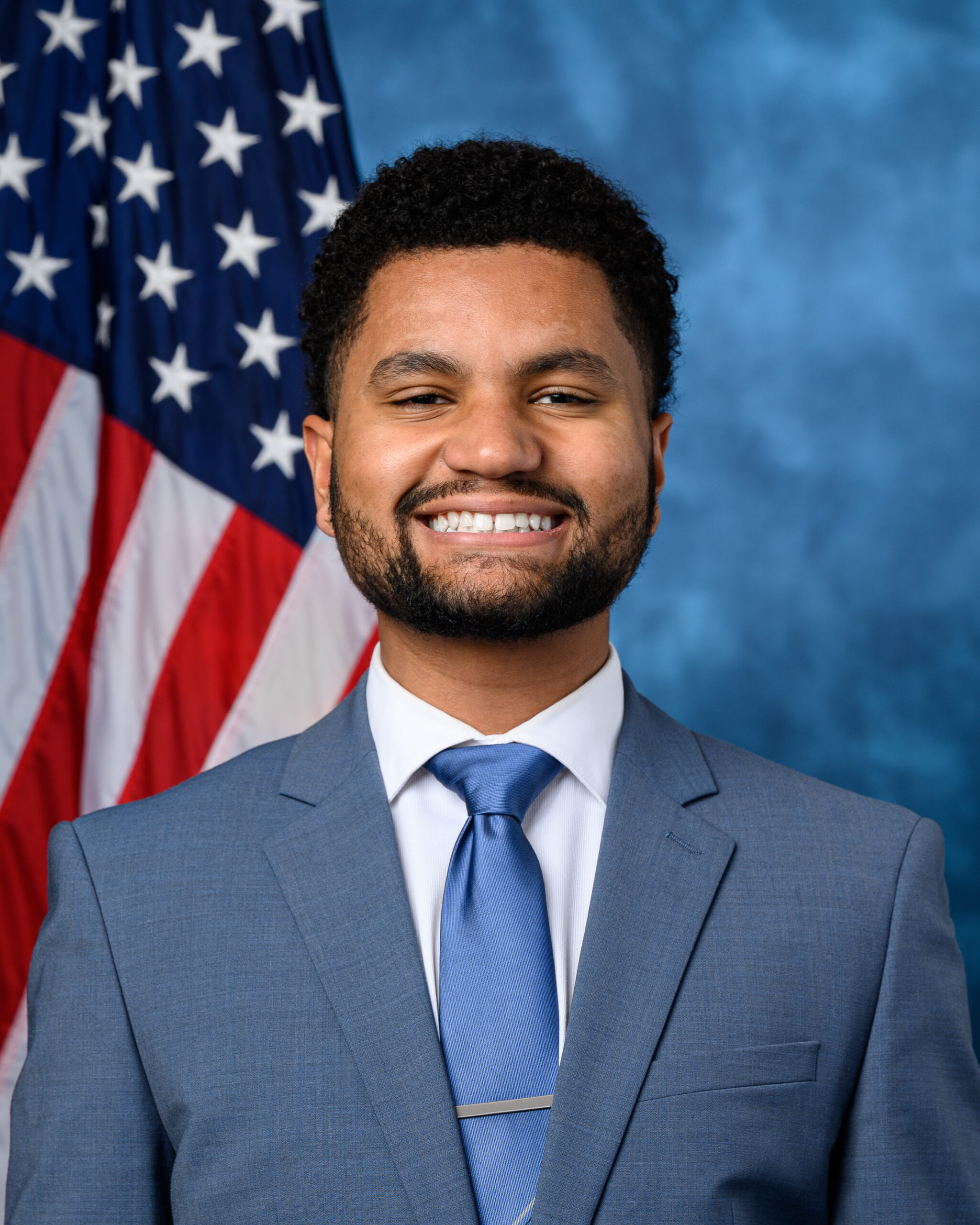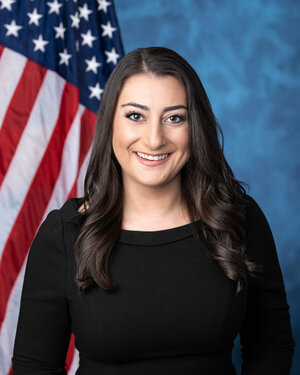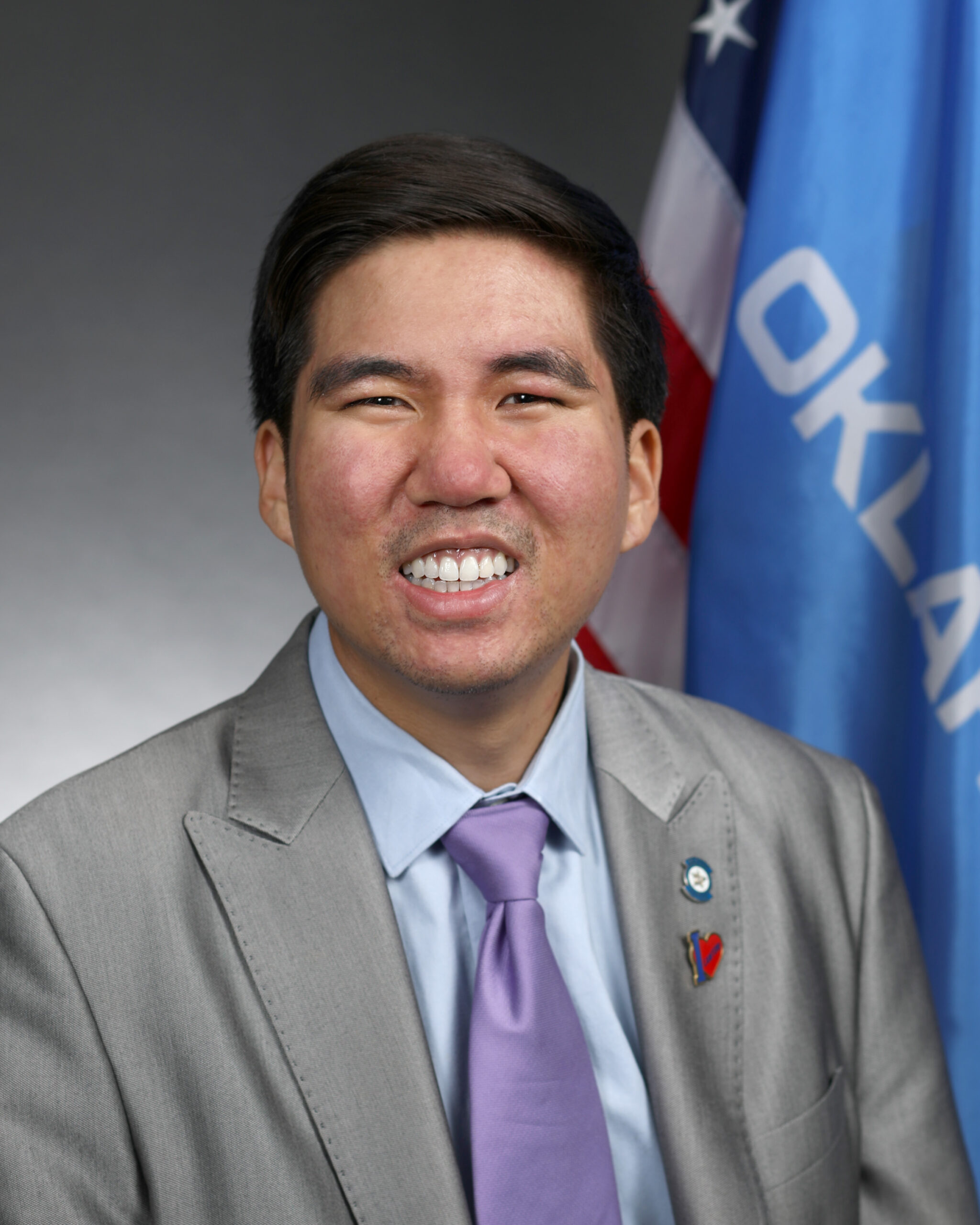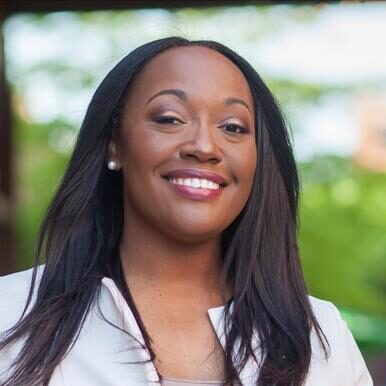1 in 6 midterm candidates are millennials: report
November 2, 2022
Young Americans are making a historic bid for Congress this year.
A new report found millennials represent 1 out of 6 congressional candidates in the midterm elections, and Generation Z is on the ballot for the first time.


Madeleine Simon
Wed, November 2, 2022 at 2:08 PM·2 min read
Young Americans are making a historic bid for Congress this year.
A new report found millennials represent 1 out of 6 congressional candidates in the midterm elections, and Generation Z is on the ballot for the first time.
The last two years saw a 42 percent increase in candidates aged 45 and under running for Congress, and a 57 percent increase in the number of millennial candidates, according to findings published Tuesday from the Millennial Action Project.
In total, 334 congressional candidates running this November are 45 years old or younger, and 193 are considered “true” millennials by the group — those born between 1981 and 1996. Ninety-one candidates are 35 or younger, and two candidates — Maxwell Frost, a Democratic House nominee in Florida, and Karoline Leavitt, a Republican running for the lower chamber in New Hampshire — are the first from Generation Z.
– ADVERTISEMENT –
Candidates under 45 years old are running in every state except Montana and Rhode Island, with the bulk of candidates in Florida, California and Texas — each the home of closely watched elections.
“Sometimes referred to as ‘Xennials,’ lawmakers aged 42-45 represent a shift towards youth political leadership in a world where the average age of the U.S. House is 59 years old,” the Millennial Action Project wrote.
While slightly more young people are running as Democrats than Republicans (39 percent and 36 percent), the Millennial Action Project has found that younger members of Congress cooperate on bipartisan legislation more often than older generations.
“Despite common misconceptions about the partisanship of rising generations, Members of Congress 45 years old or younger have been scored as more bipartisan than their older peers for the last three Congresses in a row,” the organization wrote. “This surge in young candidates running for office is an encouraging sign for Americans hoping for a fresh, more collaborative approach to governing.”
More than half of U.S. Representatives under 45 were more bipartisan than the historic average, compared to 40 percent of Representatives 45 and older, according to a 2020 report from the Millennial Action Project.
Even though millennial and Generation Z candidates are on the rise, the number of young women running for office dropped from 41 percent of candidates under 45 in 2020 to 31 percent this year.
Those numbers are consistent with women of any age being underrepresented this election cycle, with FiveThirtyEight reporting that fewer women are running compared to 2020 and both parties have passed on opportunities to add more women to their ranks.
As young candidates make inroads in their bids for office, the question remains how many young voters will show up at the polls.
Comprising around 40 percent of the electorate, millennial and Generation Z voters could be a decisive factor in this year’s midterms and beyond. Turnout among young voters in November’s elections is expected to match or possibly exceed the record set in 2018.
For the latest news, weather, sports, and streaming video, head to The Hill.






Join 1,900+ BIPARTISAN LEADERS NATIONWIDE
Be a part of a network of lawmakers committed to governing effectively, passing more representative public policy, and increasing public trust in democracy.